Will Disconnecting the Battery Reset the Engine Light?
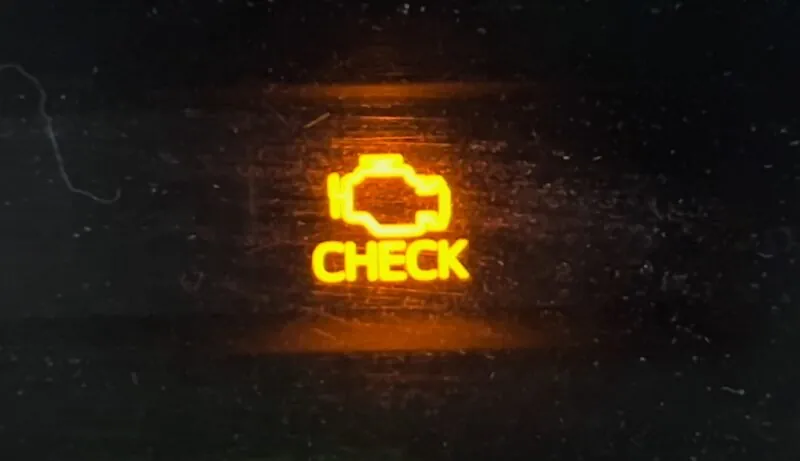
The check engine light (CEL) is an indicator on your vehicle’s dashboard that signals a potential issue with the engine or other crucial systems in your car. When the CEL lights up, it’s a warning that something is wrong, and it’s essential to have the issue diagnosed to avoid further damage. One common question car owners ask is whether disconnecting the battery can reset the engine light.
In this article, we’ll discuss whether disconnecting the battery will reset the engine light, why the light comes on, and how to properly address the underlying issues that trigger it.
Why Does the Engine Light Come On?
The engine light is connected to the vehicle’s onboard diagnostics system (OBD-II), which monitors the performance of various components, such as the engine, transmission, and exhaust system. The light can be triggered by several factors, including:
- Engine issues: Problems like misfires, faulty sensors, or issues with the air-fuel mixture can activate the check engine light.
- Emissions problems: A malfunction in the exhaust system, such as a faulty catalytic converter, oxygen sensor, or EGR valve, can trigger the engine light.
- Electrical issues: A problem with the wiring, battery, or alternator can cause the engine light to turn on.
- Loose or damaged gas cap: A common issue that may trigger the engine light, as it can affect the vehicle’s fuel system.
When the engine light comes on, it’s accompanied by an error code stored in the vehicle’s ECU (engine control unit), which provides information about the cause of the problem.
Will Disconnecting the Battery Reset the Engine Light?
Disconnecting the battery can temporarily reset the engine light, but it’s not a permanent solution. Here’s what happens when you disconnect the battery:
1. Clearing the ECU’s Memory
Disconnecting the car’s battery will reset the ECU by cutting power to the vehicle’s computer systems. This causes the ECU to forget any stored error codes or malfunctions, which may turn off the engine light temporarily.
However, once the battery is reconnected and the engine is started, the system will check for any recurring issues. If the underlying problem that triggered the engine light is still present, the light will likely come back on.
2. Temporary Fix for Minor Glitches
In some cases, disconnecting the battery may resolve minor glitches or temporary issues, such as a loose sensor connection or a one-time fault in the system. If the issue is minor, the engine light may stay off once the battery is reconnected.
However, if the problem is persistent (e.g., a faulty oxygen sensor, catalytic converter, or spark plug), the check engine light will quickly turn back on.
3. Does It Help for Emission-Related Issues?
If the engine light was triggered by an emission-related issue, disconnecting the battery may not solve the problem. The issue will likely resurface as soon as the ECU performs another check, and the engine light will come back on.
Why Disconnecting the Battery Isn’t a Long-Term Fix
While disconnecting the battery can clear the check engine light temporarily, it doesn’t address the underlying issue causing the light to turn on. Here are a few reasons why this method isn’t a long-term solution:
- It doesn’t fix the problem: If there’s a mechanical or electrical issue, disconnecting the battery won’t repair the problem. It just erases the error code.
- It can cause new issues: Disconnecting the battery can lead to other problems, such as resetting your car’s radio, clock, and other settings, or even erasing learned data that the ECU uses to optimize performance.
- The code may come back: When the engine light is cleared, the problem that caused it will likely resurface. The ECU will detect the issue once again, and the check engine light will turn on.
How to Properly Handle the Engine Light
Instead of relying on disconnecting the battery, here’s how to properly handle the engine light:
1. Use an OBD-II Scanner
The most effective way to diagnose the cause of the engine light is by using an OBD-II scanner. This tool reads the error codes stored in the ECU and helps pinpoint the specific issue. Many auto parts stores offer free diagnostic scans, or you can purchase your own scanner for home use.
2. Address the Underlying Issue
Once you’ve identified the issue with the OBD-II scanner, you can proceed to address the root cause of the engine light. Some common problems that may trigger the engine light include:
- Faulty oxygen sensors
- Worn-out spark plugs or wires
- A malfunctioning mass air flow sensor
- A failing catalytic converter
- A dirty or clogged fuel injector
In some cases, repairs may be simple and inexpensive, while others might require more extensive work.
3. Clear the Error Codes (If Necessary)
After fixing the issue, you can clear the error codes either by using the OBD-II scanner or by disconnecting the battery (as a last resort). This will turn off the engine light, but only if the underlying problem has been resolved.
4. Consult a Professional Mechanic
If you’re unable to identify or fix the issue on your own, it’s best to take your vehicle to a mechanic. They can perform more advanced diagnostics and make any necessary repairs to ensure that the engine light stays off.
Conclusion
Disconnecting the battery can temporarily reset the engine light by clearing the error codes in the ECU. However, this is only a short-term solution and will not fix the underlying issue. If your engine light is on, it’s crucial to diagnose and repair the cause of the problem properly. Using an OBD-II scanner to identify error codes, addressing the underlying issue, and having the vehicle professionally repaired if necessary are the most effective ways to ensure that your engine light stays off for good.
FAQs
1. Can disconnecting the battery clear the check engine light permanently?
No, disconnecting the battery will only clear the error codes temporarily. The check engine light will likely come back on if the underlying issue isn’t fixed.
2. What should I do if the engine light comes on?
Use an OBD-II scanner to read the error codes, identify the problem, and make the necessary repairs. If you can’t fix it yourself, consult a mechanic.
3. Can a bad gas cap cause the engine light to come on?
Yes, a loose or damaged gas cap is a common reason for the engine light to come on. Tightening or replacing the gas cap may resolve the issue.
4. Will clearing the engine light erase all error codes?
Clearing the engine light erases the codes, but if the problem persists, the codes will be stored again when the issue is detected.
5. Is it okay to drive with the engine light on?
While it may not always signal an immediate problem, driving with the engine light on can lead to further damage if left unaddressed. It’s best to diagnose and fix the issue as soon as possible.
Also Check:
• Will My Car Pass Emissions with Check Engine Light On?
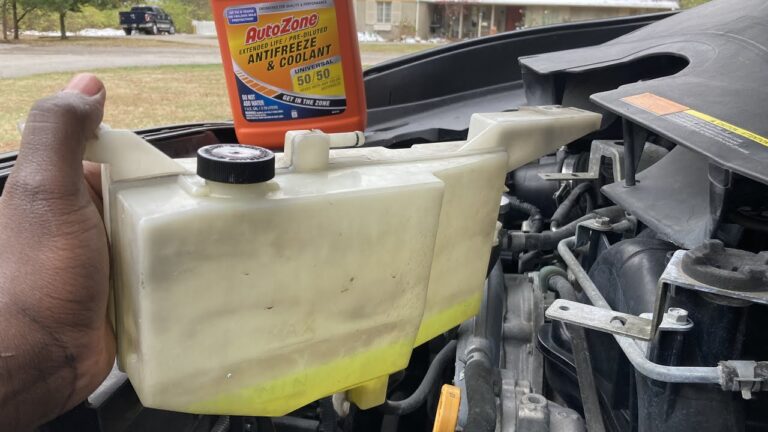

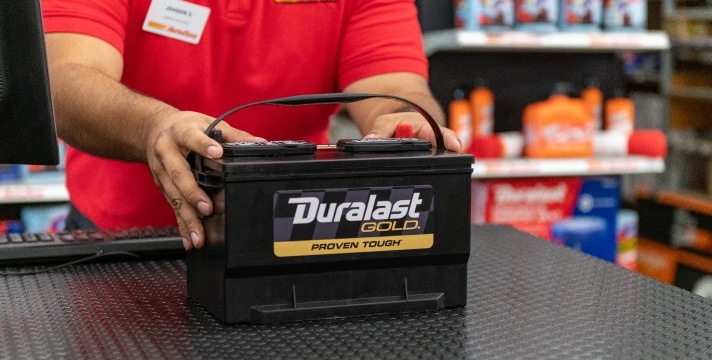
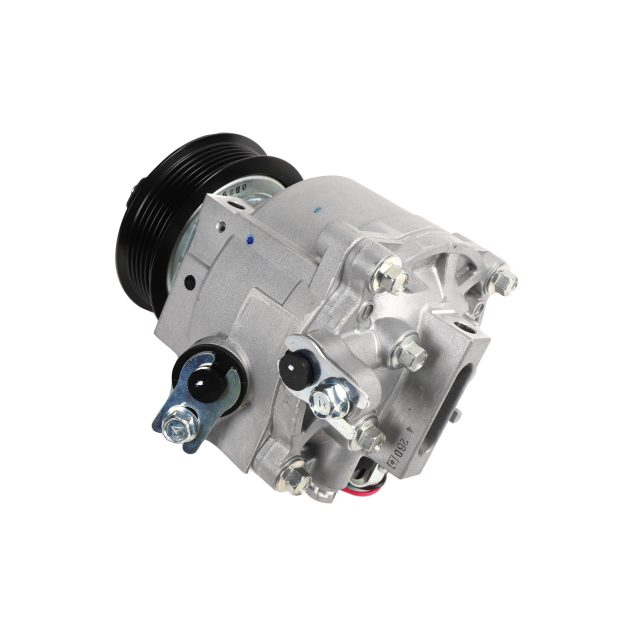
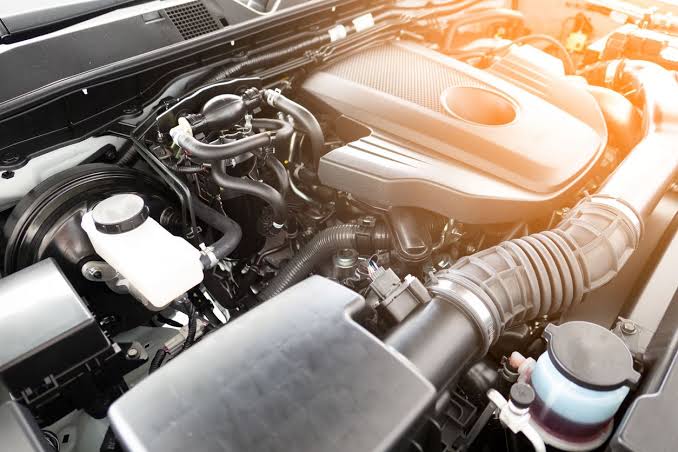

One Comment